National Intangible Heritage Center
(Former Researcher, Research Division of Artistic Heritage)
PARK Jiyoung
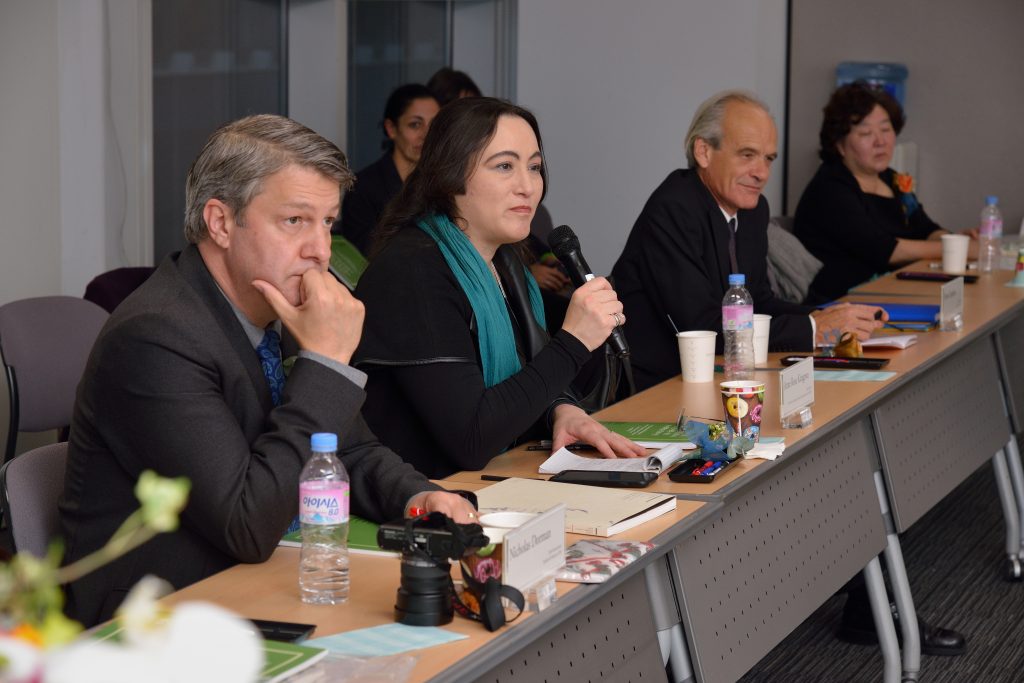

In partnership with major global museums, NRICH has been systematically studying and collecting information of overseas Korean artistic heritage, and conducting diverse joint research projects to study foreign cultural heritage (e.g., the Silk Road) related to Korean cultural heritage.
Research on Korean Cultural Heritage Overseas
In 1989, NRICH began to conduct studies on Korean cultural heritages overseas. At first, the research remained at a basic level and was centered around creating a list of cultural heritage items and their quantities to identify which country housed which Korean artifacts. Previously, once overseas organizations provided lists of Korean artifacts they owned, NRICH conducted field surveys to examine the current status of these artifacts.
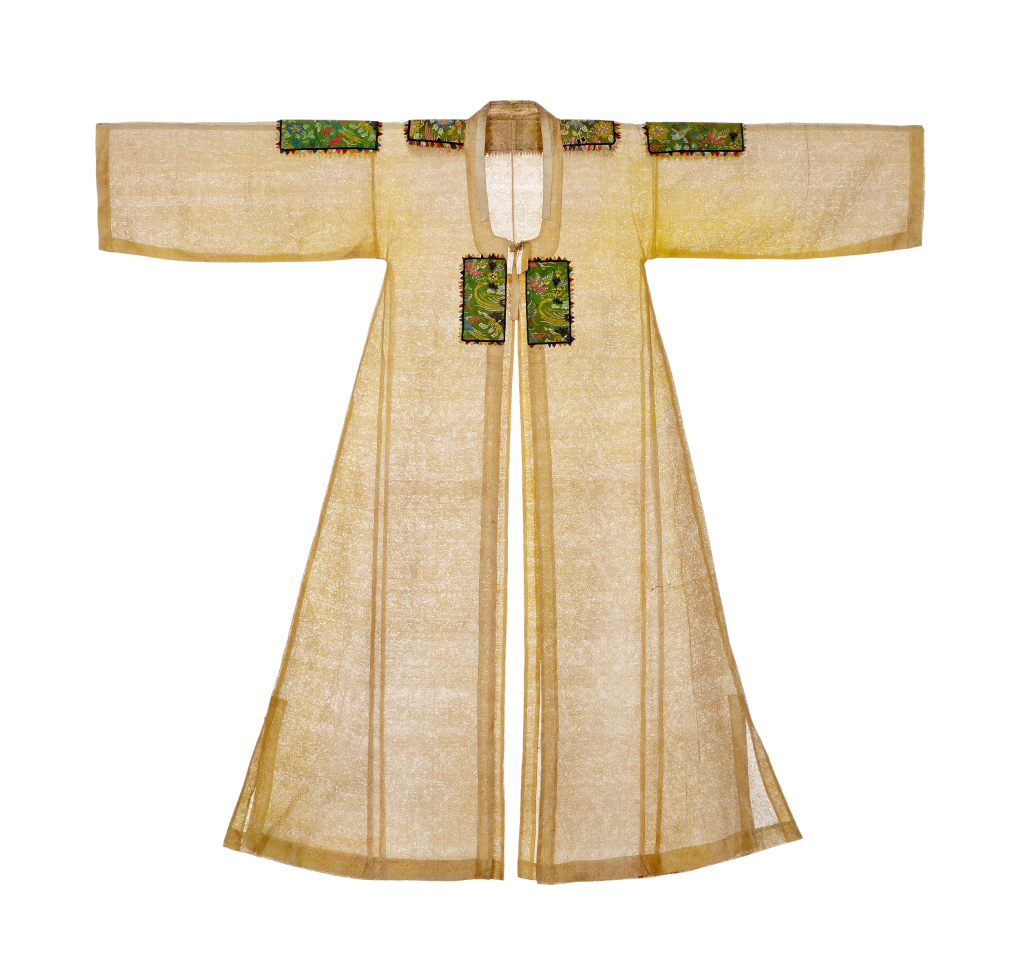

However, with accumulation of materials and experiences, we came to realize that research on Korean artifacts overseas had been inadequate and that even the basic cataloging of materials was not complete due to a lack of researchers. With this awareness, NRICH has signed MoUs since the 2000s, with the British Museum and other overseas organizations housing Korean cultural heritage items to engage in more active, in-depth, and systematic research and surveys on the topic.
NRICH formed a team of experts related to Korean artifacts overseas. The team visited organizations overseas housing Korean artifacts, examined them and shared information with local experts. These visits were accompanied by a professional photographer who took high-resolution photos of the artifacts. As a result, the team was able to provide these organizations, which previously had little understanding of their Korean collections, with much needed basic information about their Korean artifacts and new high-resolution photos, thereby allowing them to establish information archives on their Korean artifacts — a task that had been challenging for them to achieve on their own. In return, the study enabled NRICH to systematically collect information on Korean cultural heritage overseas. The final results were stored in a database available in Korean as well as in English or the language of the country possessing relevant Korean artifacts. They were also compiled into books. In this way, from 1992 to 2017, NRICH investigated about 37,000 pieces of Korean cultural heritages housed in 53 organizations across eight countries (e.g., France, Russia, Japan, the United States, the United Kingdom, and Germany) and published the findings in 36 publications.
Some researches brought unexpected and surprising results as well. Cultural heritage artifacts rarely available or nonexistent in Korea, such as ῾Mongduri’, an outfit worn by court dancers in the Joseon Dynasty, and ῾Ingwangno’, a tool equivalent to today’s match, were discovered in Germany at the Rotherbaum Museum and the Grassi Museum of Ethnology in Leipzig, respectively. This is a significant achievement, in that cultural heritage properties previously known only through historical documents were actually identified through cooperation with institutions over-seas.


Museum, Germany
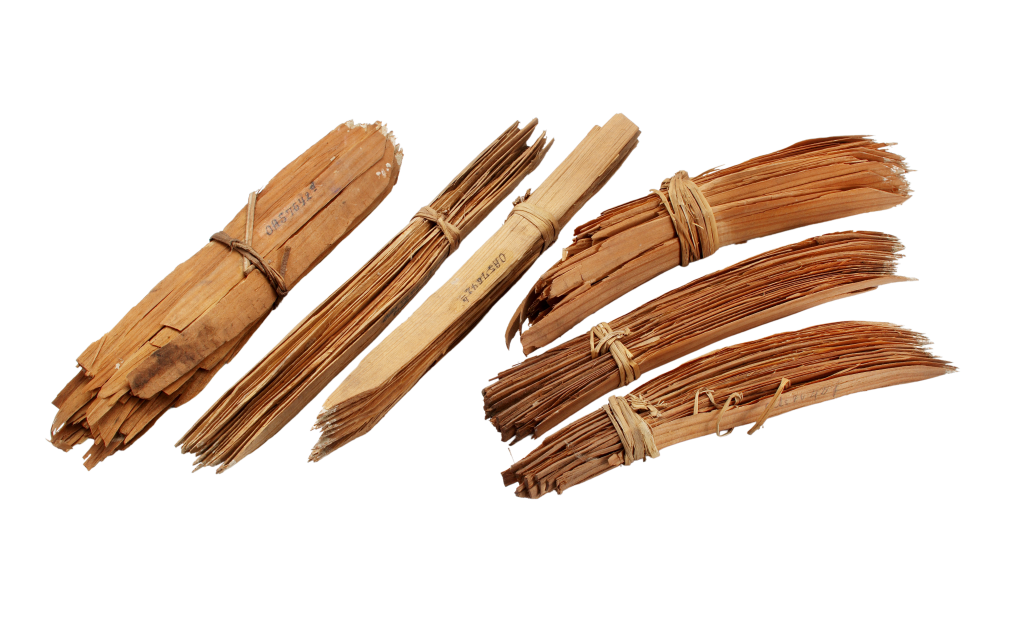

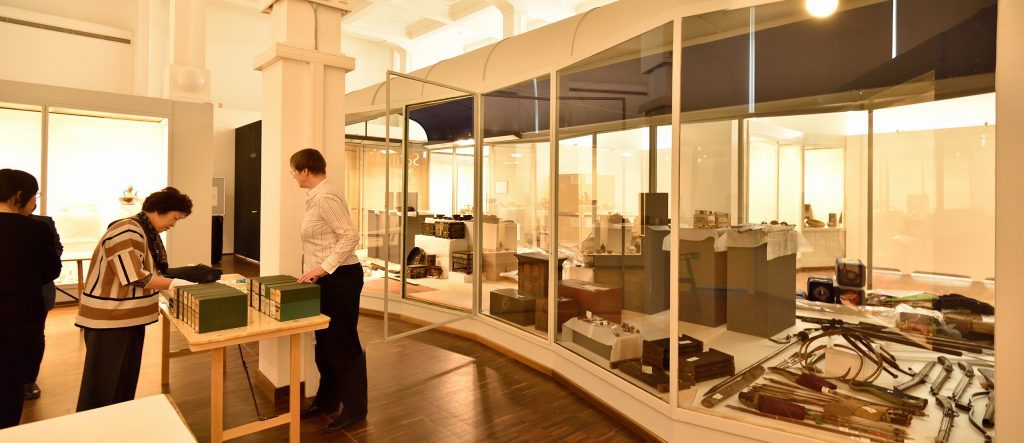

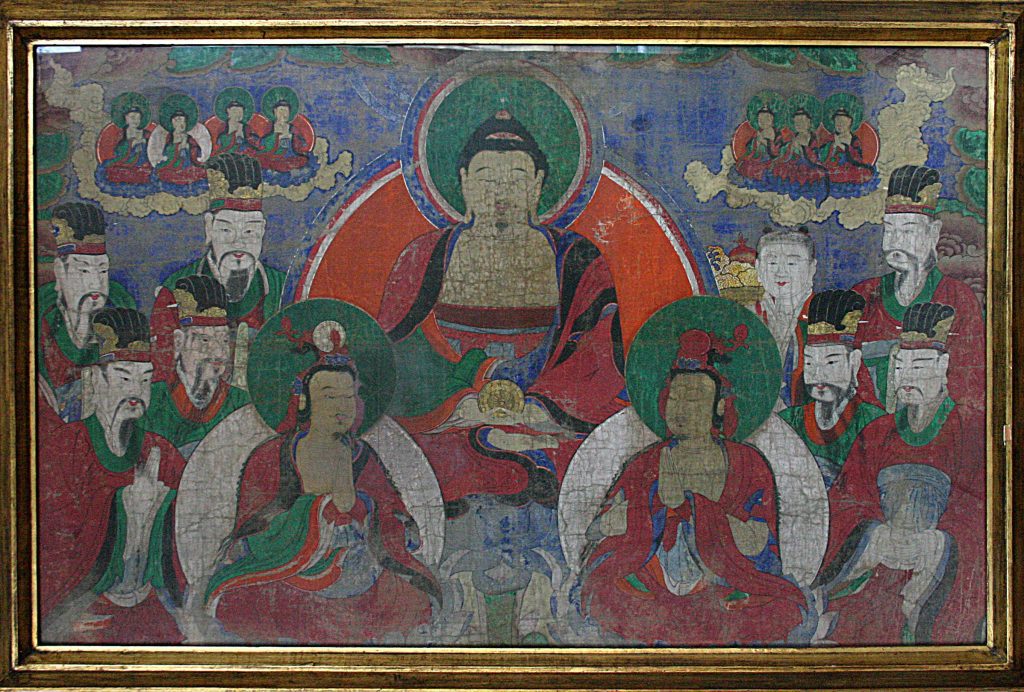



three monks and old man (Ferenc Hopp Museum of Asiatic Arts, Hungary)


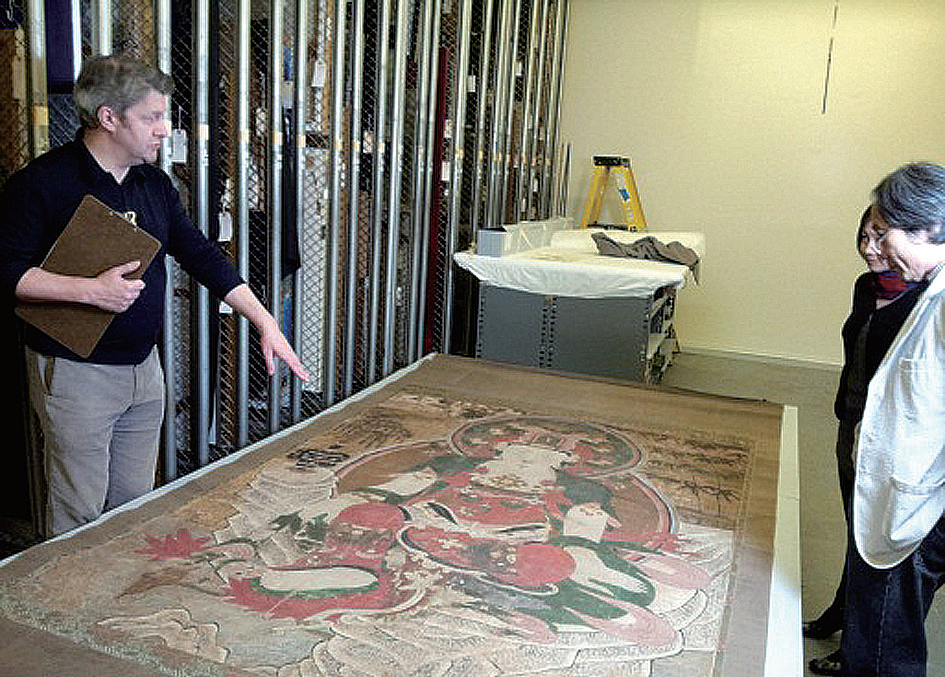
(Seattle Art Museum)


art collection Grassi museum für volkerkunde zu Leipzig Germany
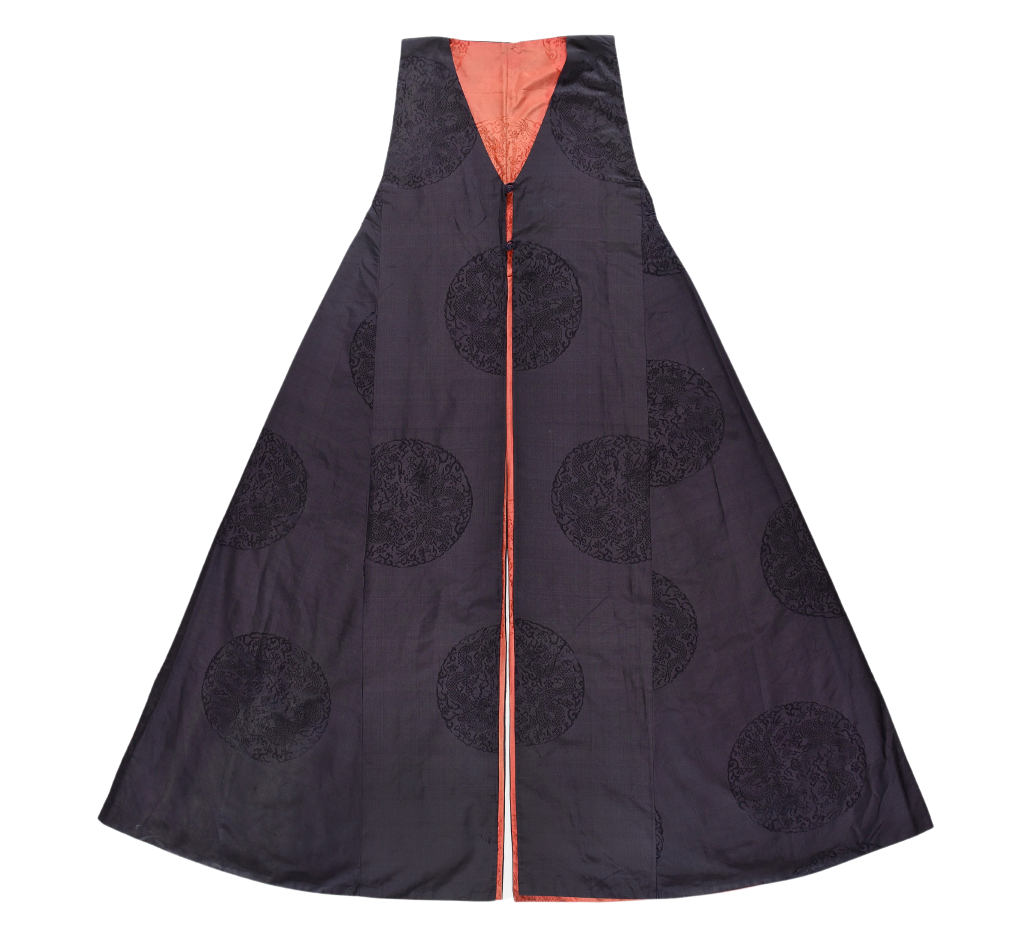

Korean art collection Grassi museum für volkerkunde zu Leipzig
Germany
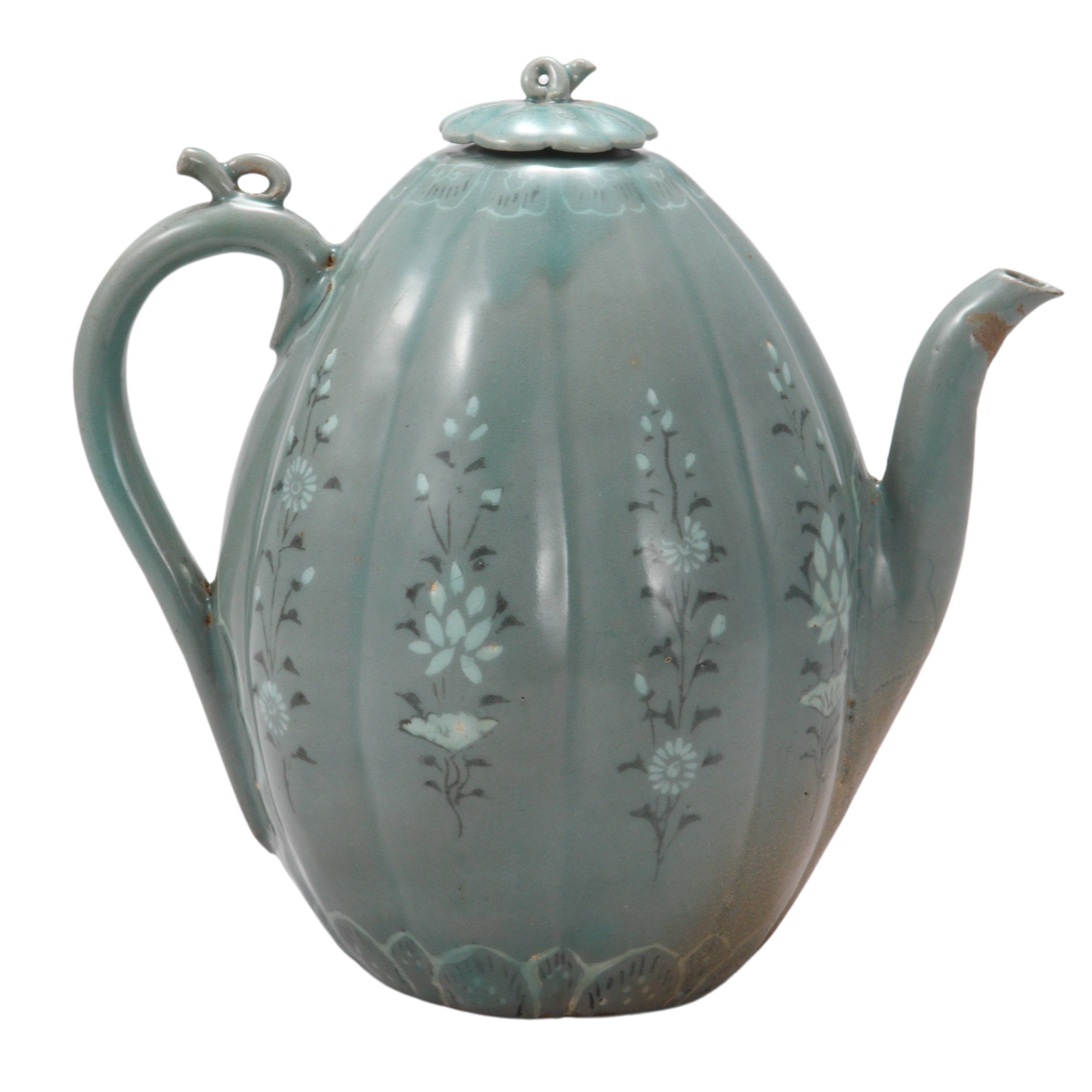

Design, Korean Collections at the British Museum
Research on Foreign Cultural Heritage Abroad
Understanding the identity of a country’s own cultural heritage requires knowledge of the cultural heritage of other countries. It also requires study of mutual influences with cultural heritage of foreign countries. This is because cultural transmission and sharing via diverse routes, such as the Silk Road, is a subject of interest and study that transcends national borders. In particular, artistic heritage is the kind of cultural heritage that best represents cross-border phenomena.
In this light, NRICH conducted joint international research projects with Kazakhstan and Mongolia starting from 2016. Since then, NRICH has held academic conferences with scholars in various countries and conducted co-investigations of foreign artifacts and archaeological sites. In 2019, rather than sending our researchers overseas for field surveys in the conventional manner, NRICH invited foreign scholars to Korea and brought them to the city of Gyeongju with Korean researchers to study the city’s archaeological sites and artifacts. The invitation provided an opportunity to move beyond fragmentary studies focused merely on the discussion of morphological similarities while allowing Korean and international researchers to exchange ideas and deepen their research. It also raised interest in the cultural heritage of each country, thereby helping to enhance their mutual understanding.
The materials and research achievements shared through these mutual exchanges were published in bilingual books written in Korean and the partner country’s language. The published books include Gold of the Elite of Kazakh Steppes (2018), Encyclopedia of the Silk Road (2019), The Xiongnu, Art of An Empire (2020). These joint efforts are significant in that they have laid the foundation for the future progress of constructive joint research by promoting the understanding of artistic heritage, as well as mutual cultures and associated trends, from a macroscopic perspective.
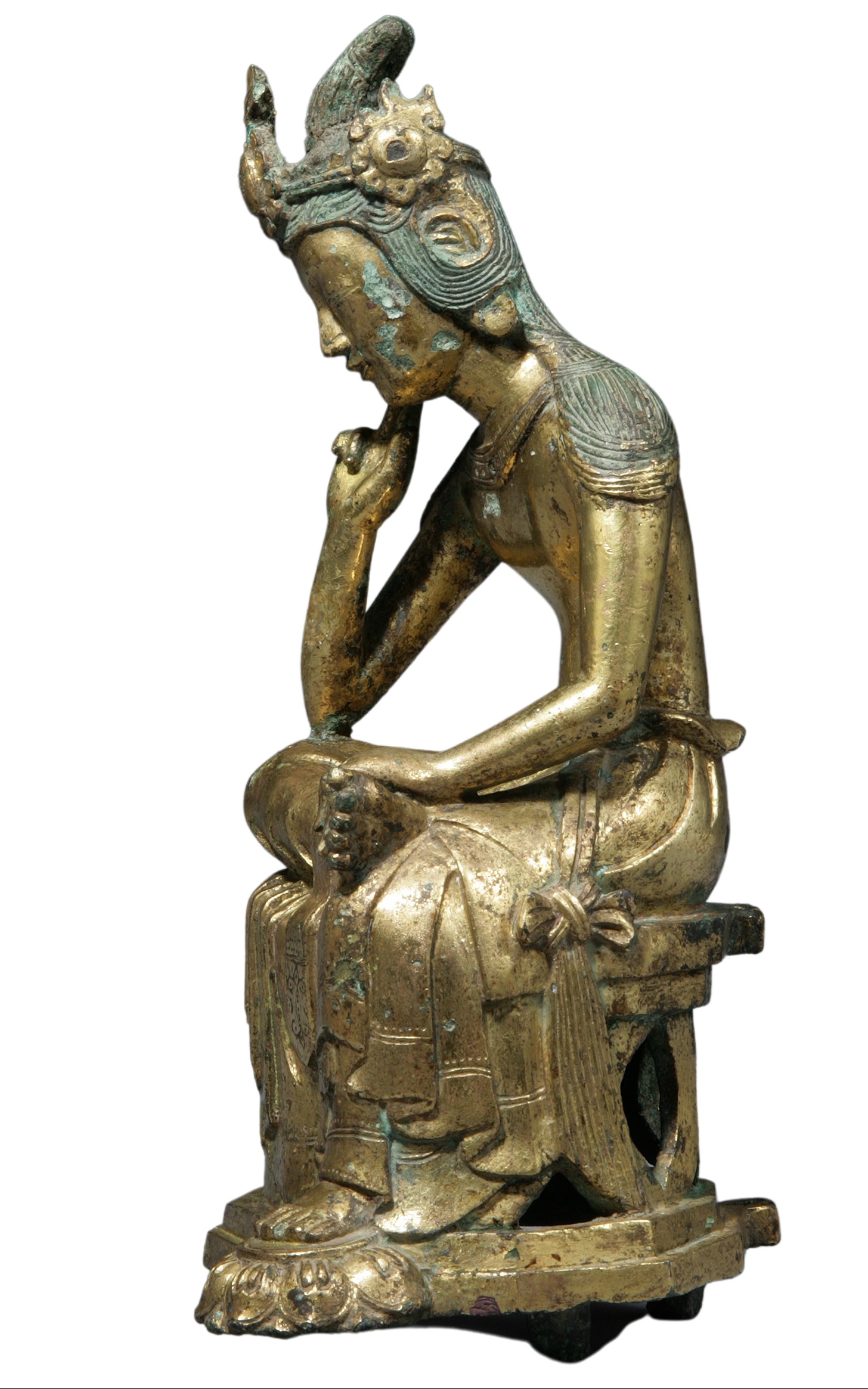

Korean Art Collection of
The Metropolitan
Museum of Art, U.S.A.

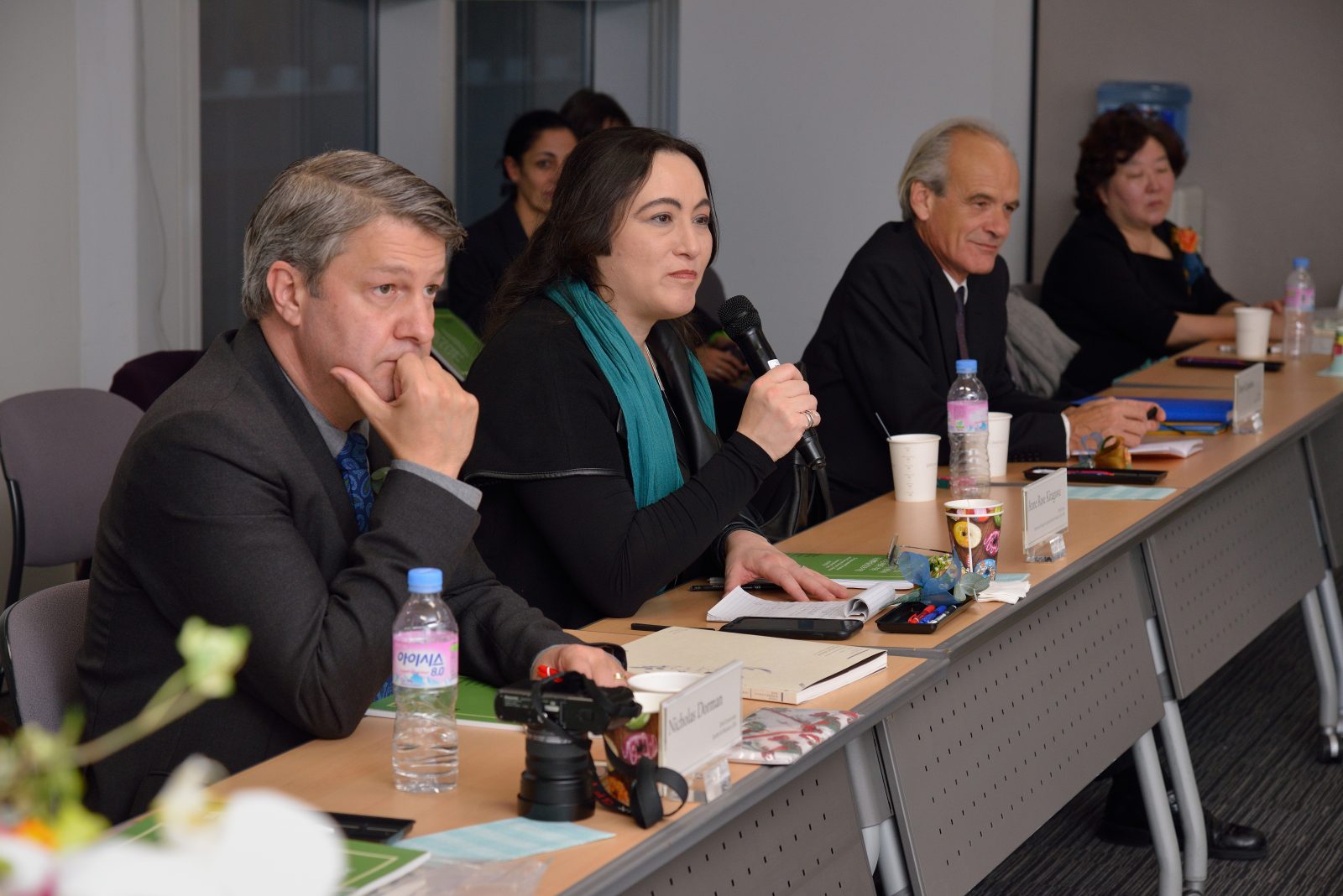
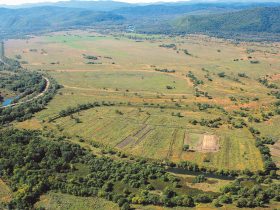
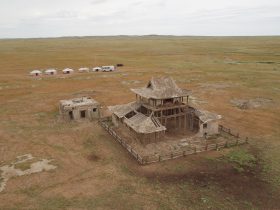
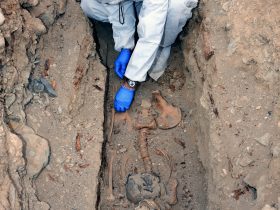
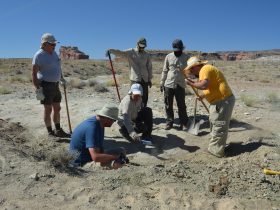
Leave a Reply